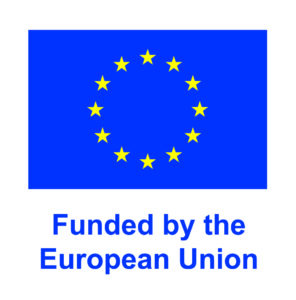GENEGUT Publications
Below is a list of all accepted GENEGUT scientific publications available to date.
Establishment of a 3D multi-layered in vitro model of inflammatory bowel disease.
Bárbara Ferreira, Cecília Ferreira, Cláudia Martins, Rute Nunes, José das Neves, Catarina Leite-Pereira, Bruno Sarmento – Journal of Controlled Release, Volume 377, 10 January 2025, Pages 675-688, DOI: https://doi.org/10.1016/j.jconrel.2024.11.070.
Sophia V. Hoffmann, Joseph P. O’Shea, Paul Galvin, Vincent Jannin, Brendan T. Griffin – European Journal of Pharmaceutical Sciences, Volume 203, 1 December 2024, 106911, https://doi.org/10.1016/j.ejps.2024.106911.
Trends in 3D models of inflammatory bowel disease.
Bárbara Ferreira, Andreia S. Barros, Catarina Leite-Pereira, Juliana Viegas, José das Neves, Rute Nunes, Bruno Sarmento,Biochimica et Biophysica Acta (BBA) – Molecular Basis of Disease, Volume 1870, Issue 3, 2024, 167042, ISSN 0925-4439, https://doi.org/10.1016/j.bbadis.2024.167042.
GENEGUT Deliverables
GENEGUT continuously reports its results and progress to the European Commission. Some of the deliverable reports are public and made available for download here.
Deliverable 6.1 Project website
The deliverable D6.1 GENEGUT website, is part of WP6 – communication, dissemination and exploitation, and presents the GENEGUT project website, describing the main structure of the website, how it is set up and how it will be maintained throughout the project’s duration and for four years after the project end. The project website serves as a powerful tool to communicate, inform and raise awareness on the endeavours and progress of the project, enabling the GENEGUT consortium to easily reach out to all its stakeholders.
Deliverable 6.3 Interim impact report I
The deliverable D6.3 Interim impact report I is part of WP6 – Communication, dissemination and exploitation. It presents an overview of all implemented communication and dissemination activities until M18 of the GENEGUT project, as well as an assessment of their contributions to the overall scientific, societal and economic/technological impact of the project. This first of two Interim impact reports also provides the basis for evaluating and re-assessing implemented strategies and potential measures for improvement.
GENEGUT Presentations
Members of the GENEGUT project continuesly participate in scientific conferences to present their latest progress. Below is the list of the oral presentations and scientific posters.

